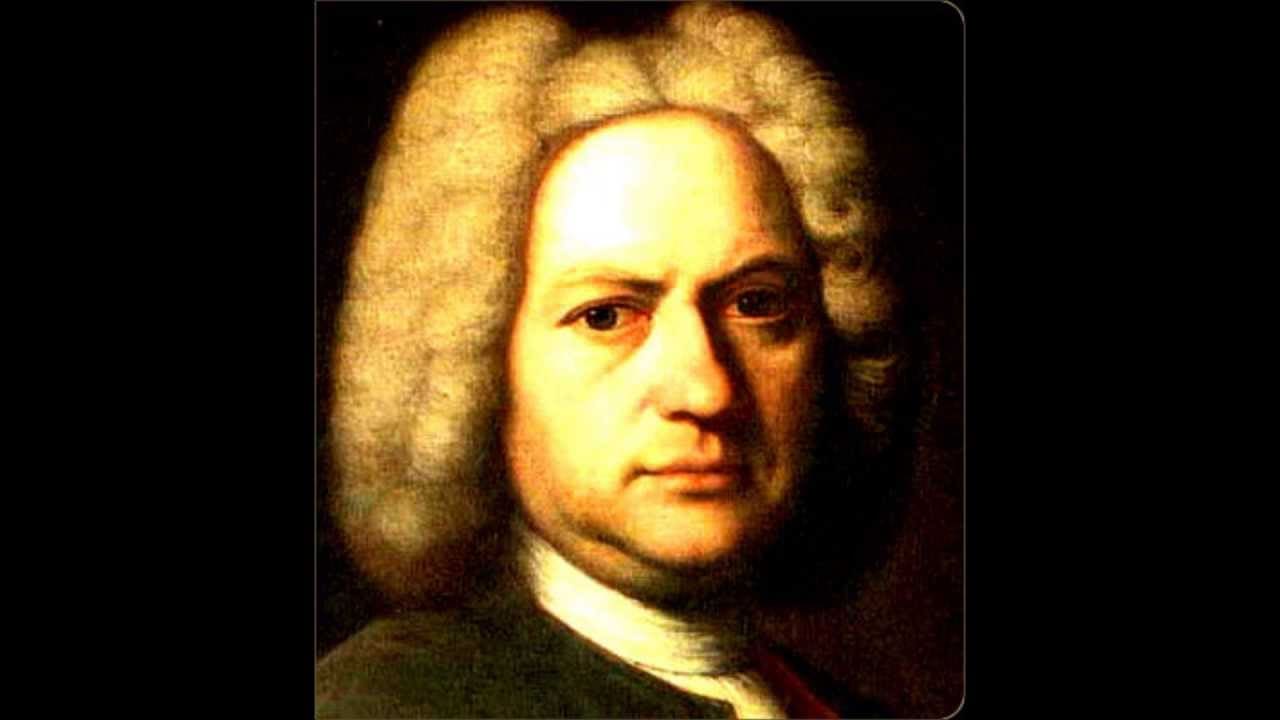“I don’t know how you could possibly write music!”
It’s a refrain I hear often, even from talented musicians. And I can understand why they say that.
Writing music might seem like organizing thousands of isolated pitches and rhythms. For example, my latest arrangement included 2320 notes, 1273 rhythms, and 281 rests.
That’s daunting. But there is another way, and Pachelbel’s Canon and its friends reveal the centuries-old secret.
Pachelbel’s Canon Writes a Hymn
As I discussed in a series of blog posts last year (1, 2, 3), Classical musicians didn’t teach their students to read and write music in terms of isolated chords (“C7! G dim! F6/A!”) or notes. Instead, composers learned to understand music in terms of characteristic gestures. These contrapuntal models provided the basic skeletons on which composers would elaborate. They would then string these gestures in series (literally, “compose”) to form entire pieces.
Last month at church we were singing a familiar Easter hymn when I noticed that its ending phrase was derived from such basic models. Watch the video below to see how one can start with a basic Romanesca pattern — a.k.a. Pachelbel’s Canon — plus a couple other models to arrive at a hymn I’m sure you’ll recognize:
But Isn’t That Unoriginal?
It wasn’t to Beethoven. Or Mozart. Or Fauré. Or to hundreds of other Classical composers. They all learned and practiced their craft using these contrapuntal models. Even today, much music still does.
As film director and critic Jean-Luc Godard said, “It’s not where you take things from — it’s where you take them to.” You’ll notice, for instance, just how different Pachelbel’s Canon actually is from “He Is Risen” even though they’re based on the same source:
Thus, being able to identify the models and their elaborations can be a crucial step in advancing beyond the state of semi-illiteracy many musicians inhabit when they perceive music only from note to note or chord to chord. Rather than convicting both great and common composers of unoriginality, these models help us perceive the musical insight composers are trying to share.
I hope that as I continue to demonstrate how these models work, musicians of all levels can go beyond engaging with music at the level of sounding out basic words (like the classic scene from Dumb & Dumber below) to the level of comprehending musical sentences, paragraphs, and ideas — and even being able to respond in kind.
Sign up to stay in the loop about music worth hearing, process tips worth trying, career relationship ideas worth pursuing, and creative stories worth living.


